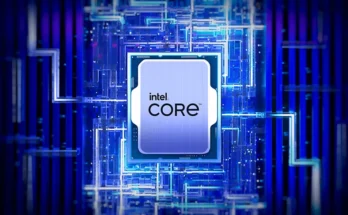Key Takeaways
- Floppy disks used in the metro rail system in San Francisco are being phased out.
- Everything is managed by the floppy disks, including onboard computers, train motion, and communication.
- By 2028, Muni Metro in San Francisco intends to implement contemporary Wi-Fi infrastructure.
The Muni Metro rail system in San Francisco has put into service a $212 million upgrade to do away with floppy disks, which are still the foundation of the system.
The municipal railway system in San Francisco is about to undergo a significant renovation. The San Francisco Municipal Transportation Agency (SFMTA) has agreed to replace the outdated system with a $212 million investment as part of its modernization initiative.
Hitachi Rail and the SFMTA have come to an agreement to modernize the current communications system, which uses 5¼-inch floppy disks. The San Francisco Chronicle said last week that this expense is a part of the $700 the city has set aside to redesign the system.
The overhaul will include a new system that leverages cellular and Wi-Fi connectivity to pinpoint the exact location of trains, communicate with other trains, and update software aboard computers. The deal mandates that Hitachi replace the equipment and provide 20 years of maintenance.
Although conversations for replacing floppies and modernizing the system began in 2018, the COVID-19 pandemic forced the authority to halt the talks in the middle of the process. As Hitachi begins replacing the current communications architecture, the project will move into Phase 2 of the upgrade, which is now in Phase 1. According to the agency’s own plans, this phase is anticipated to start in 2027 or 2028. The new technologies will be used in conjunction with the legacy Automatic Train Control System (ATCS) for calibration and as a backup in case the former fails.
According to Muni Director of Transit Julie Kirschbaum, the proposed upgrade is reportedly the “best train control system on the market” and is anticipated to be five generations ahead of the existing system with floppies.
Since their initial introduction to the Automatic Train Control System (ATCS) of the Muni Metro in 1998, floppies have managed a number of crucial parts, such as servers, communication infrastructure, including loop cable and signal wire, and the throttle and braking on trains. When the coaches approach or exit a station, software on the floppy disks automatically regulates them; otherwise, the drive controls them, ABC7 News reported earlier this year.
You May Be Surprised to Learn How Common Floppy Disks Are
Although PCs have long been devoid of floppy disks, it may be perplexing to discover that a number of commercial devices still use them. In industries where machinery from a few decades ago is still in operation, floppy disks are common and are used to read data. For example, certain industrial CNC cutters and embroidery machines that are older still use floppies to read patterns. Floppy disks are still used in medical devices like CT scanners and ECG machines, as well as legacy controls in theaters, music samples, synthesizers, and pianos.
When it comes to other modes of transportation, several vintage and salvaged airplanes from the 1980s and 1990s continue to use these little diskettes for their onboard navigation systems. Critical systems, including nuclear missile control stations in the United States, were still being operated with eight-inch floppies until five years ago.
The US government is not the only entity that needs to upgrade its outdated technologies. The floppies that operate Brandenburg class F123 anti-submarine frigates are still in use by the German Navy. Japan, meantime, has triumphed in the “war on floppy disks,” eliminating obsolete storage technologies from all government agencies. Now, the nation’s digital minister is working to get rid of fax machines.



